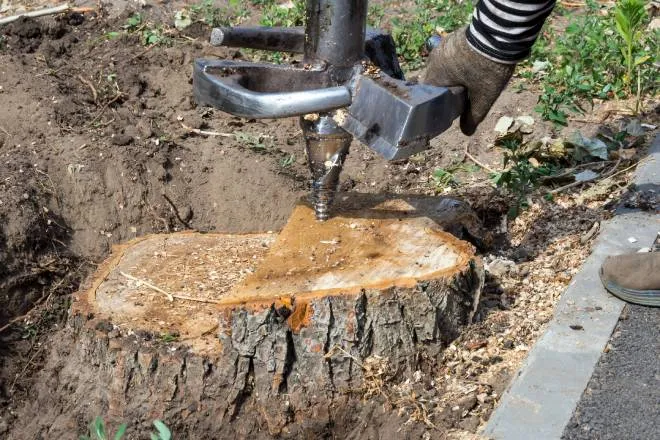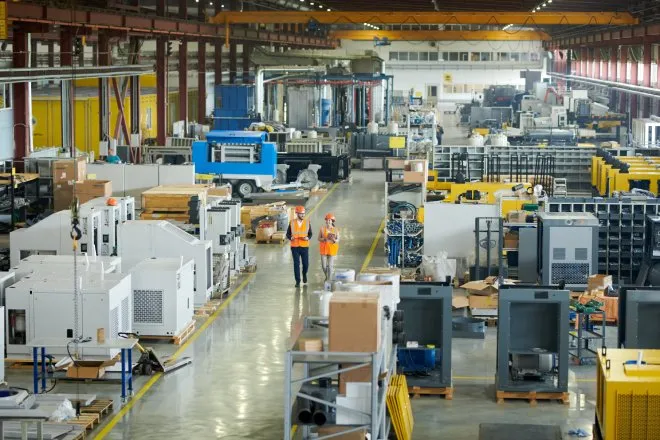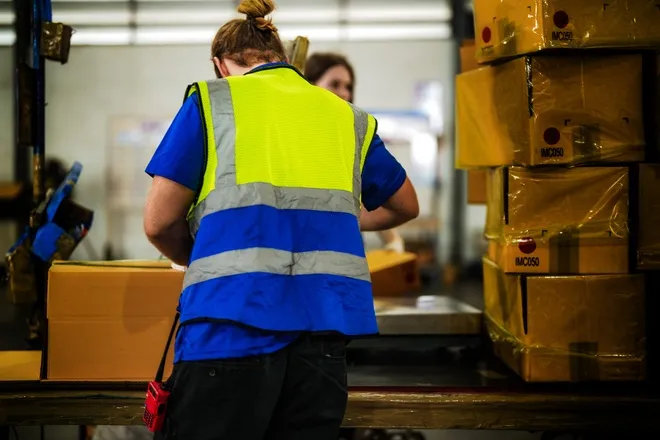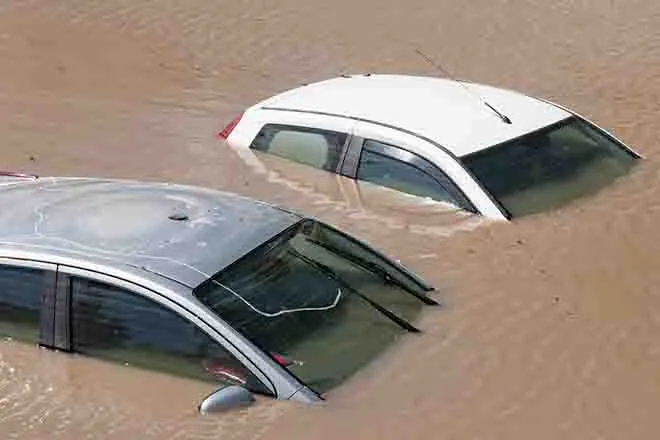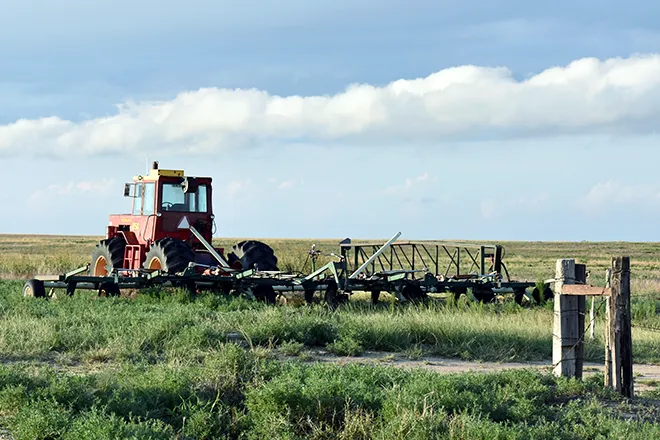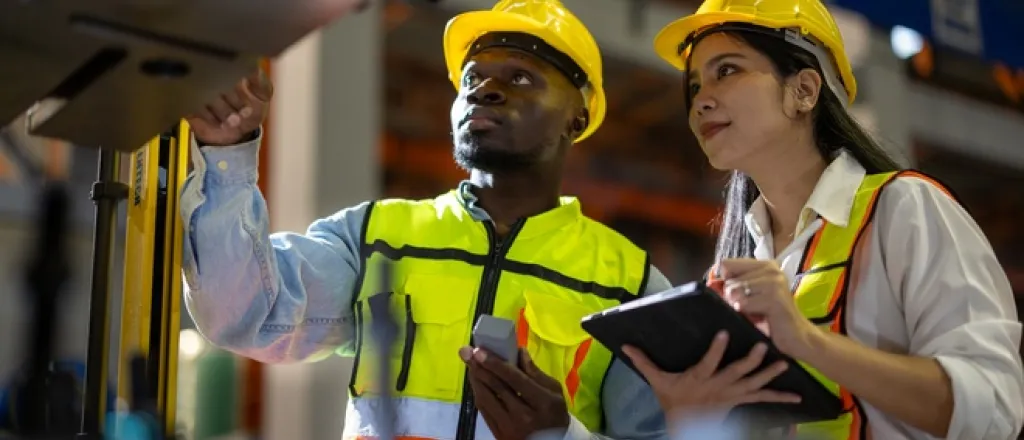
Must-have tools for warehouse safety compliance
©
Warehouse safety is an essential part of business daily operations. Creating a safe working environment protects your team and keeps your operations running smoothly. With the must-have tools, managers can ensure that the warehouse maintains safety compliance and protects everyone in the facility.
Personal protective equipment
Personal protective equipment (PPE) is important for keeping the team safe. This equipment forms the foundation of warehouse safety. Workers should wear safety helmets and high-visibility clothing to protect themselves.
Safe footwear is another important item for workers to wear, especially steel-toed boots with slip-resistant soles. They protect feet from falling objects while providing stability on various surfaces. In addition, safety goggles can shield the face and eyes from dangerous materials such as dust, debris, and chemical splashes.
Industrial bollards
Industrial bollards play a critical role in maintaining safety within warehouse environments. These durable, high-visibility barriers protect both workers and infrastructure from potential accidents involving machinery or vehicles.
Choosing the right bollards is important for shielding equipment and preventing accidents. Managers should consider the different factors for their facility to buy the right industrial bollards. Look for bollards constructed from high-quality materials and compliant with your respective industry standards to maximize your investment.
Fall prevention systems
Facilities with people working at high elevations should use fall prevention tools to comply with warehouse safety standards. The ideal option depends on the warehouse’s needs.
When connected to secure anchor points, full-body safety harnesses can save lives. Warehouse managers and maintenance teams should ensure that all harnesses are properly fitted and regularly inspected for wear and damage.
Permanent safety guardrails can also protect elevated platforms, mezzanines, and loading docks. These create physical barriers that prevent accidental falls. Combinations of these fall prevention systems can create an even safer environment when working at heights.
Emergency response equipment
Emergencies can happen, even with the best safety gear, so being prepared with specialized emergency equipment can help reduce the effects of the accident and keep people safe.
Reacting to fires is easier when the right equipment is in place. Fire extinguishers, sprinkler systems, and smoke detectors should exist throughout the facility to detect smoke or fire and alert building occupants. Regular testing and maintenance help you confirm these systems are functional.
First aid equipment is also needed for both minor and major injuries. Well-stocked first aid kits and trained first aid responders can provide crucial immediate care. Warehouse managers should place stations strategically throughout large warehouse spaces.
Building a culture of safety in a warehouse starts with gathering these must-have tools to ensure compliance. Regular training, consistent enforcement of safety procedures, and ongoing equipment maintenance are equally important. Facility managers can take the first step in this process by reviewing their current safety procedures and identifying areas for improvement. Their team’s safety and business success depend on these steps.





